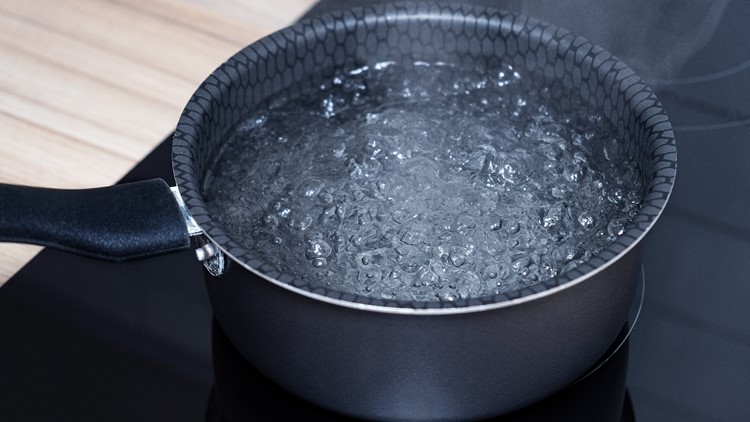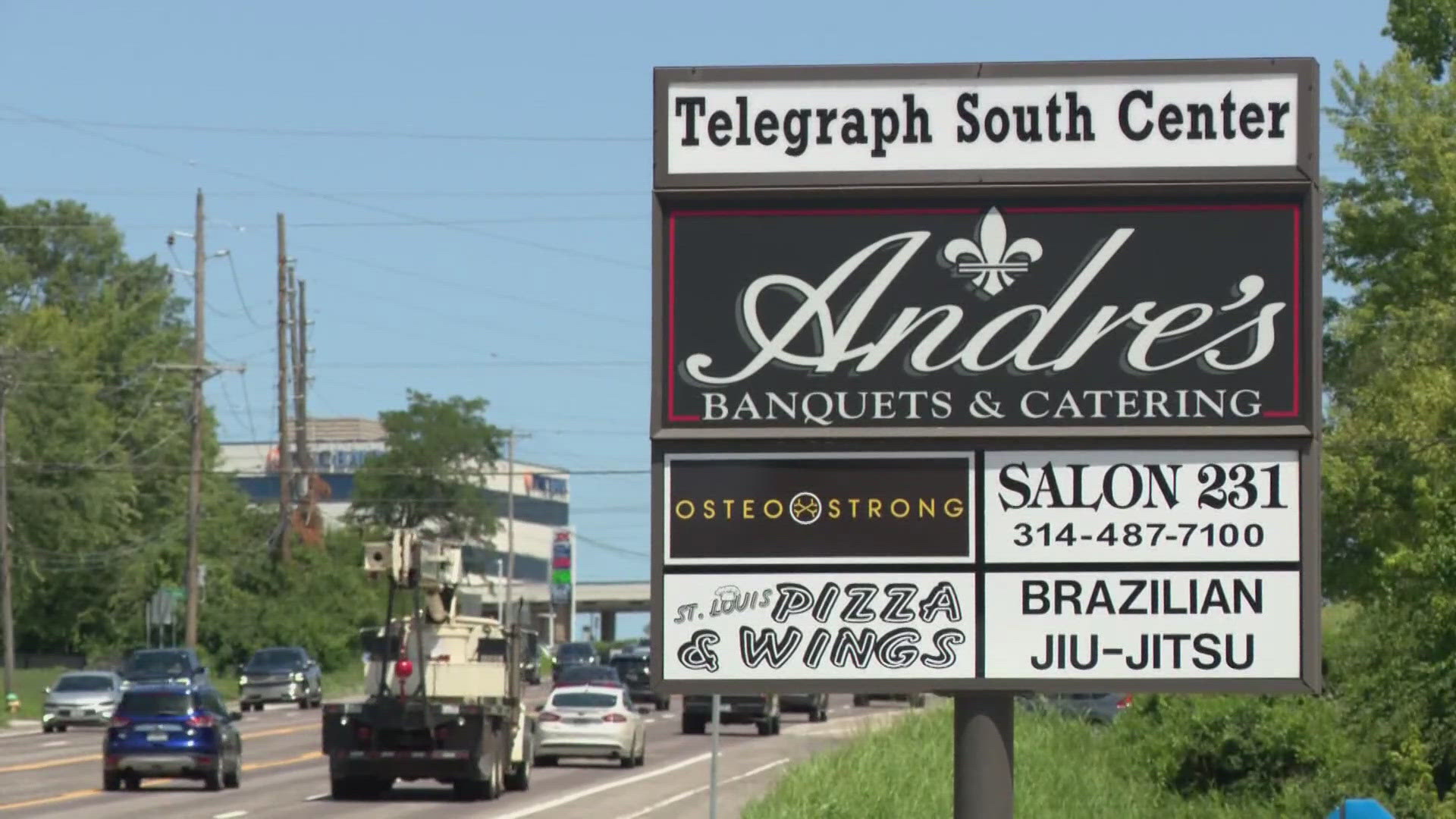ST. LOUIS — When a boil water advisory is issued, it is crucial for residents to follow strict guidelines to ensure water is safe for consumption. A boil water advisory typically occurs when there is a risk of contamination, often due to a water main break, flooding, or issues at a water treatment facility. Boiling water kills harmful bacteria, viruses, and parasites that could cause illness.
The procedure to safely boil water is straightforward but must be followed carefully:
Bring Water to a Rolling Boil: Begin by filling a clean pot or kettle with water. Heat the water over high heat until it reaches a rolling boil. This means the water is bubbling vigorously and continuously. According to the Centers for Disease Control and Prevention (CDC), the water should be boiled for at least 1 minute to ensure it is safe to drink. If you're at an elevation higher than 6,500 feet (about 2,000 meters), boil the water for 3 minutes to account for the lower boiling point at higher altitudes.
Let the Water Cool: After boiling, allow the water to cool naturally before using it. Hot water can cause burns, and cooling it down ensures it is safe to handle.
Store the Water Properly: Once cooled, store the water in clean, covered containers to prevent recontamination. Make sure containers are sanitized and tightly sealed.
Alternative Methods: If boiling is not possible, water purification tablets or a portable water filter can be used as an alternative, depending on the recommendations from local health authorities.
By adhering to these guidelines, residents can reduce the risk of waterborne illnesses during a boil water advisory and ensure their water is safe for drinking, cooking, and hygiene.
Sources:
Centers for Disease Control and Prevention (CDC). "Boil Water Advisory: What to Do."
Environmental Protection Agency (EPA). "Preparing for Boil Water Advisories."



